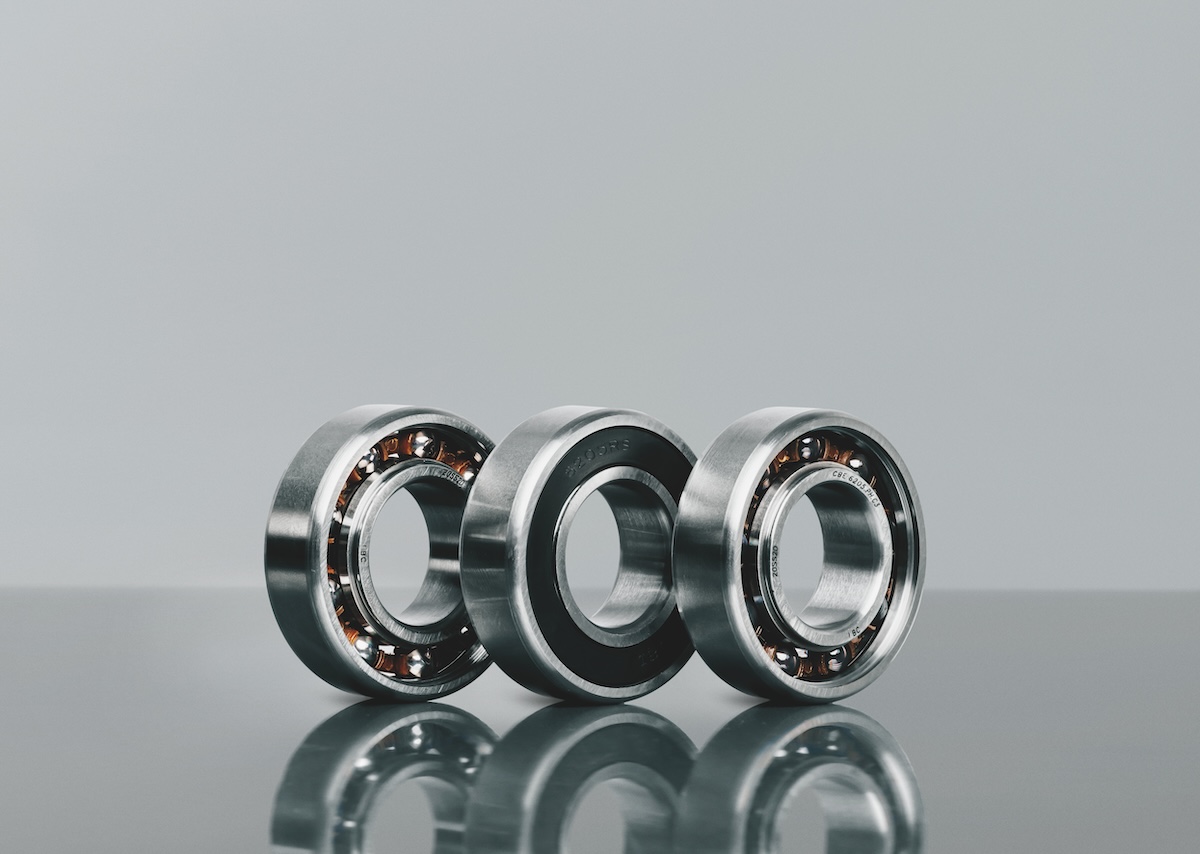Thinking of Tomorrow Today.

IBC Wälzlager develops energy-efficient deep groove ball bearings (E)
Not only are energy costs rising, so is the demand for reduced noise emissions. The answer: energy-efficient e-bearings. Indirect energy consumption in electric deep groove ball bearings can be reduced by various measures. But which adjusting screws are necessary and does it always have to be everything?
First, friction. It can be significantly reduced by the new E-grooved ball bearings from IBC Wälzlager - by as much as 35 percent compared to standard designs. And not only that, the noise level is also reduced by 30 percent compared to conventional deep groove ball bearings of the same size.
Second, lubrication. Since many deep groove ball bearings with cover disks and seals are lubricated for life and the grease type and quantity make a decisive contribution to heat generation, special quality is required here. Therefore, IBC uses a smooth-running, low-noise grease with optimized grease quantity for E-roller bearings. This results in an optimum ratio between heat generation and grease reservoir, i.e. grease service life. A positive side effect: the low operating temperature decisively extends the grease service life, and thus the service life of the bearing.
Third, the seal design. Normally, the seal lip contacts the inner ring and thus has some friction during operation. In the new E-deep groove ball bearings, the inner ring has a groove that protrudes into the seal and provides highly effective non-contact sealing against external influences via a labyrinth - thus eliminating the friction factor. There is also potential for optimization in the cage design, for example through improved sheet steel cages. In addition, polyamide cages produced by injection molding can keep friction and operating temperature even lower.
Fourth, the surface finish of the raceway. Here, too, the E-bearings can score points. This is because their roughness values are 25 percent lower than those of standard bearings.
If the bearing is to be further optimized in addition to these four points, two measures are available. Firstly, the raceways can be coated with the proven ATCoat coating to reduce friction and extend service life. Secondly, the use of ceramic balls, in addition to current insulation, can increase the speed by 30 percent - and at the same time increase service life. Ultimately, all these optimization options must be viewed as a construction kit. Not every application requires all solutions. Rather, users must decide individually what is necessary in a specific case. After all, a measure is only effective if it is also economically optimized.

